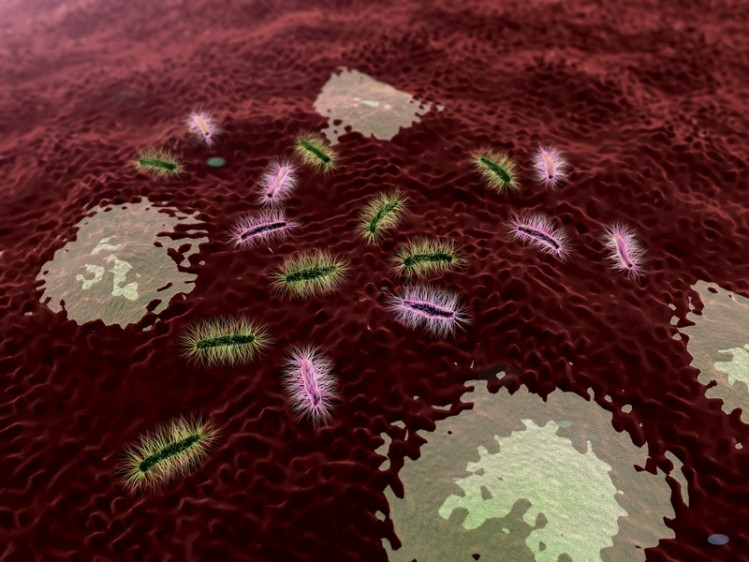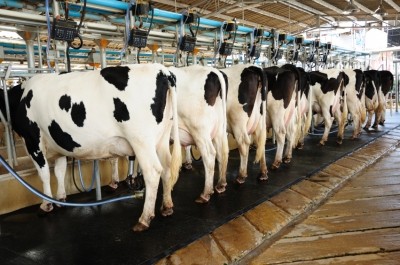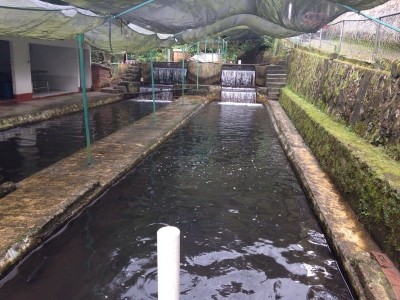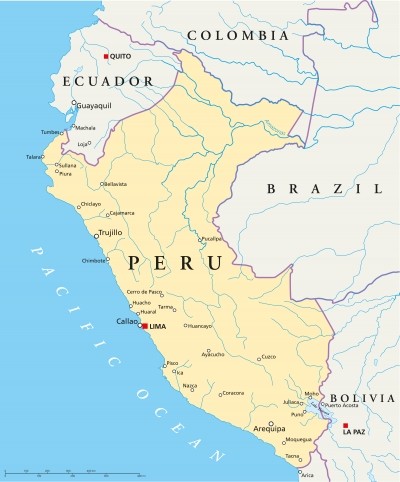Special Edition: Gut Health
Sablefish microbiome may aid understanding of alternative feeds

The research team, based in the Environmental and Fisheries Sciences Division of the National Marine Fisheries Service of the National Oceanic and Atmospheric Administration (NOAA), examined the ability of plant-based products to replace the majority of fishmeal and all fish oil within diets for juvenile sablefish.
They found the alternative diets limited fish growth, reduced weight gain, produced less vaculated intestinal mucosa and fewer intestinal mucous cells.
The test diets also limited microbiome diversity and caused severe bile duct hyperplasia and hepatocellular lesions to fish livers, said the researchers.
While fish nutrition studies have traditionally used growth parameters and whole body nutritional composition as metrics for assessing diets, increasing awareness of the gastrointestinal (GI) microbiome in humans and farmed animals suggests assessment of intrinsic microbial communities could offer complementary or alternative information to these measurements, said the team.
“Nobody really takes a look at what gut bacteria are present,” lead author and microbiologist, Linda Rhodes, told FeedNavigator. “It might give us a clue – that’s what this particular study was focused on – looking at the composition of the GI tract and histopathology [following inclusion of plant based ingredients in the diet of sablefish].”
Sablefish are a cold water marine fish with economic potential for marine aquaculture in the Northeastern Pacific Ocean, said the NOAA researchers.
The fish grows more quickly and has a better feed conversion ratio than Atlantic salmon. Sablefish can also be raised in greater density than that species, they added.
Moreover, market demand for such fish is already established, said the team. But feeds used in their production rely on fishmeal and fish oil, both of which are in limited supply, they noted.
While some nutritionists have had success replacing fishmeal in diets with plant-based proteins, and less positive results when replacing fish oil, the researchers advised that a multidisciplinary evaluation of alternative feeds is critical for new aquaculture species.
Trial details
In the experiment, juvenile sablefish were fed one of three diets for a period of eight weeks, said the researchers. The team compared the effects of a standard fish-based diet to two diets that contained primarily plant ingredients with flaxseed or corn oil replacing the added fish oil.
Those oils were used in the diets because they are commonly used ones in animal production, said Rhodes.
Sample fish were harvested on day 42 for histological analysis and all fish were collected at the end of eight weeks, they said. Luminal GI microbiome was compared for the different diets and organs were analyzed for histological alterations, weight and condition.
Fish weight and growth were calculated for the experimental period, they said. And, microbiome samples were collected.
Results
Growth and weight were best for fish getting the traditional diet, but that group had the lowest condition score, said researchers. Weight and growth were weakest for fish on the flaxseed oil diet and fish getting the corn oil diet had the best condition score.
Liver from fish on the control diet were cream-tan or cream-pink, homogenous in appearance and normal in microscopic examination, they said. Livers from fish getting the alternative feed had discoloration and areas of mottling, and lesions were found in microscopic inspection.
The presence of the legions was unexpected, said Rhodes. Fish tend to react more slowly to changes.
“That was the result that floored me in such a short period of time to develop,” she said. The bile ducts in the fish grew into a “tangled mess,” she added.
The worst lesions were found in the biliary epithelium, the researchers said. Control group fish also had the best vacuolation in the mucosa of the upper and lower intestine and pyloric caeca.
Fish getting the control diet also had the highest bacterial diversity in the intestine and 11 families, they said. The flaxseed oil diet had the lowest.
“It turned out that the fish getting the conventional diet had a higher diversity of bacteria in the intestinal tract,” said Rhodes.
It is unclear what exactly caused the limit to the GI bacteria in the fish getting the alternative diets, she said.
The researchers intend to continue to examine the influence that alternative diets have on fish microbiomes, said Rhodes.
The GI tract of fish getting a novel diet should have a similar diversity in its microbiome, she said. It does not have to be the same as a traditional diet, but it should not be limited.
Source: Aquaculture
Title: Effects of alternative plant-based feeds on hepatic and gastrointestinal histology and the gastrointestinal microbiome of sablefish (Anoplopoma fimbria)
DOI:10.1016/j.aquaculture.2016.05.010
Authors: LD Rhodes, RB Johnson, MS Myers










